The car business is precarious and always has been, the pundits say, because of the huge investments needed, the low returns on offer and the sheer size of the pitfalls.
All of which makes you wonder what motivates those who rise to the top.
As well as coming up with inspired and profitable ideas, those who lead have to be expert at motivating people, at anticipating customers’ tastes in five years’ time, at meeting those desires affordably, at beating off competitors, at dealing with ever more rigorous car legislation and at coping all the while with the fact that the car business is more exposed to day-by-day scrutiny than practically any other.
Risks are great and failure is an ever present possibility, but despite these brain-sapping challenges there is a strain of people who not only rise to the top – in engineering, design, management and elsewhere – but who also show every sign of both loving the challenge and loving the cars they build. Such qualities make heroes, every year.
Here’s our choice of 2014’s high-achievers, and this is our chance to venerate them.
1 – Ralf Speth, Jaguar Land Rover
Britain’s prestige car maker, led by the indefatigable Ralf Speth, has had another extraordinarily successful year selling Land Rovers and is just starting to make proper money from the more formerly obstinate Jaguar brand, helped by the impressive success of the Jaguar F-Type sports car.
The new XE, Jaguar’s BMW 3-series chaser, promises far greater financial rewards if it is successful, and there is much more to come.
However, there’s a lot more to Speth’s and JLR’s 2014 achievements than mere money. The company has opened an engine plant in Wolverhampton to build the new strain of high-tech powerplants Jaguar and Land Rover need for the future. Speth is advancing a long-term deal to become a favoured customer of Saudi-smelted aluminium (needed for his cars’ advanced chassis) in exchange for a transfer of technology.
For the umpteenth year, JLR is Britain’s biggest spender on R&D and one of its most important recruiters of graduate talent. It is well advanced at shaping a partnership of huge potential – along with mammoth manufacturing facilities – in China.
It is deepening its co-operation with Tata Motors in India and has plans for a Brazilian manufacturing base. It is working fearlessly on replacing the Land Rover Defender, to which Land Rover’s history is forever attached, with a brand new model.


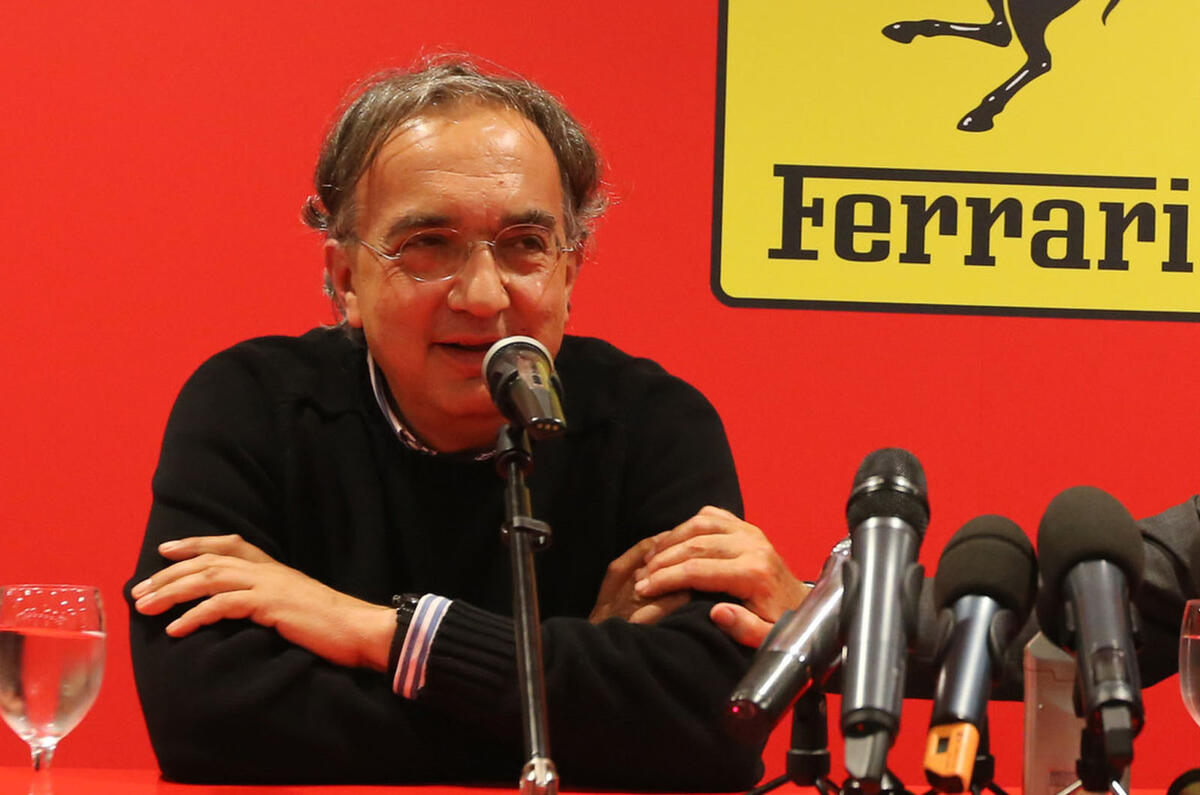

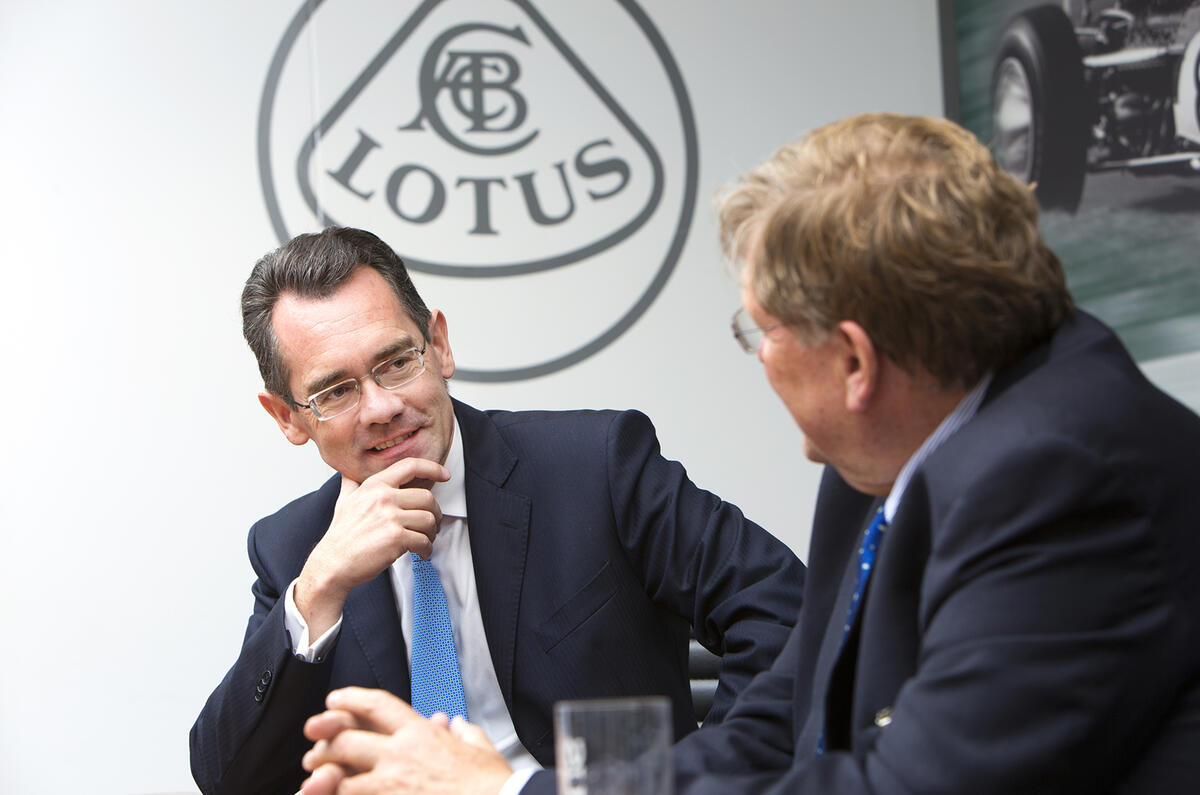
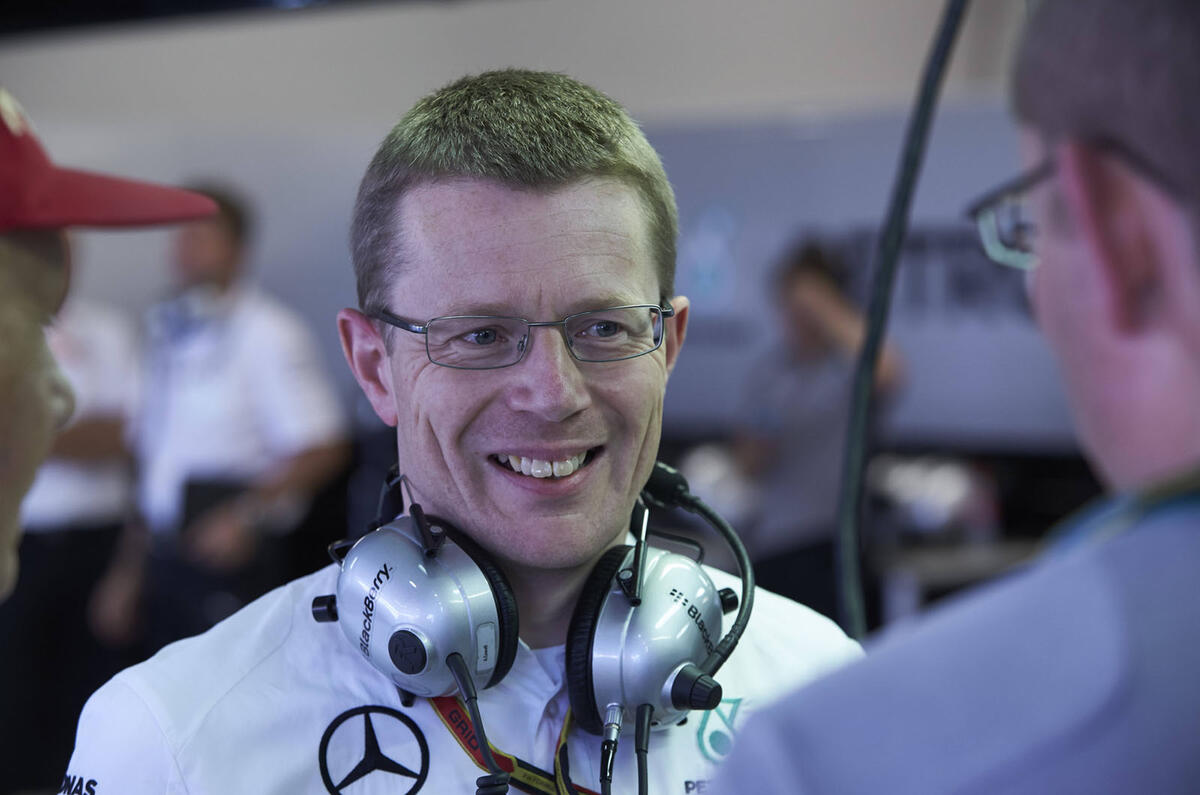
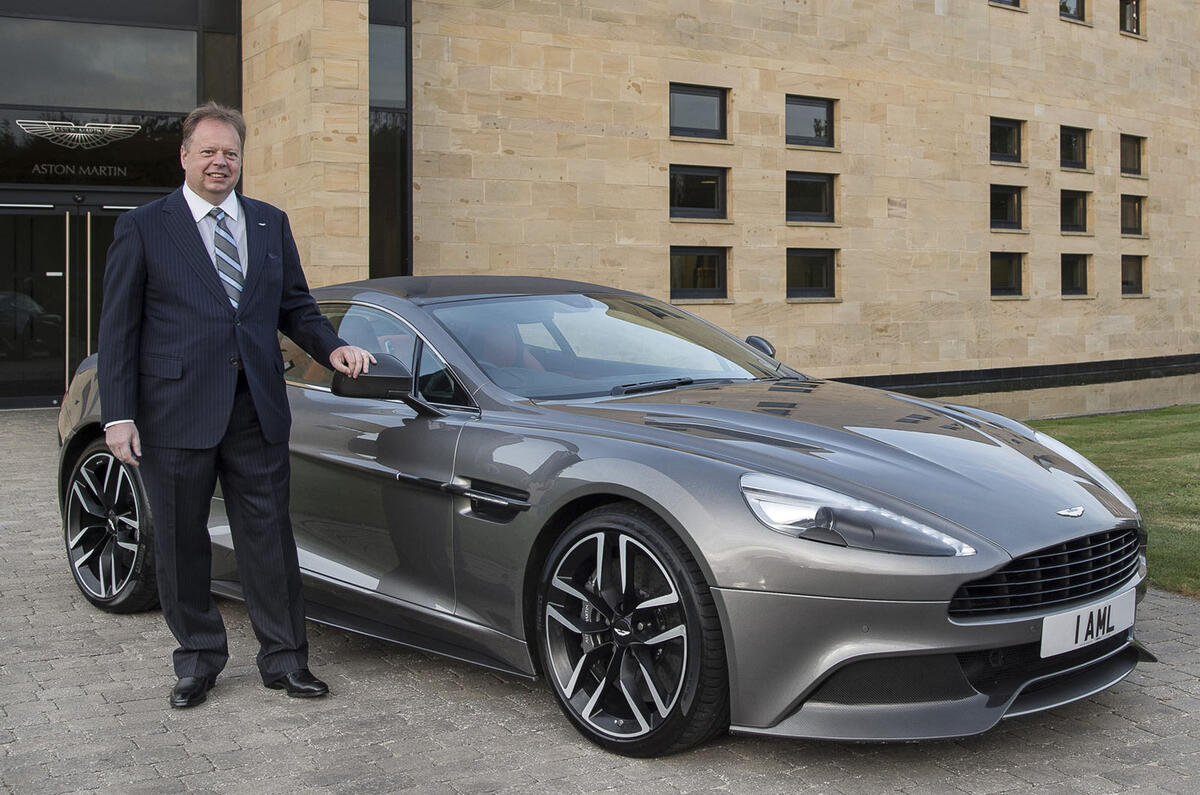
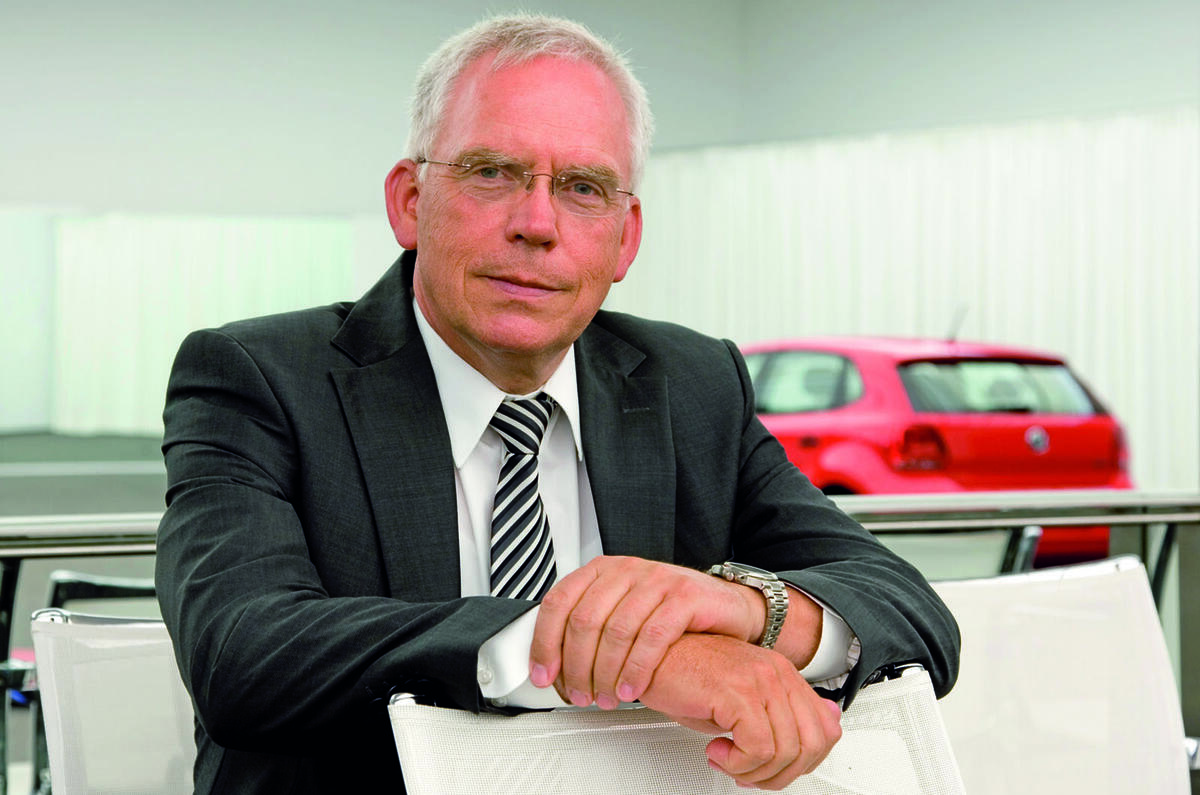
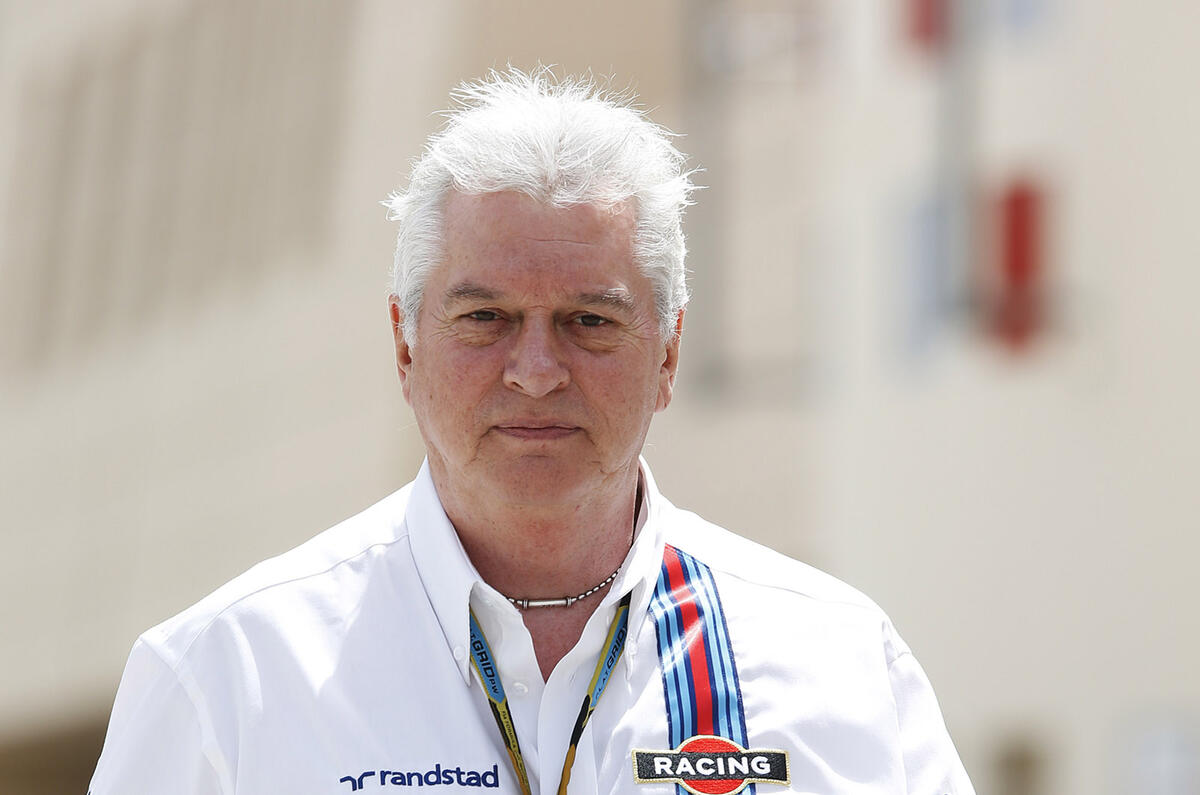
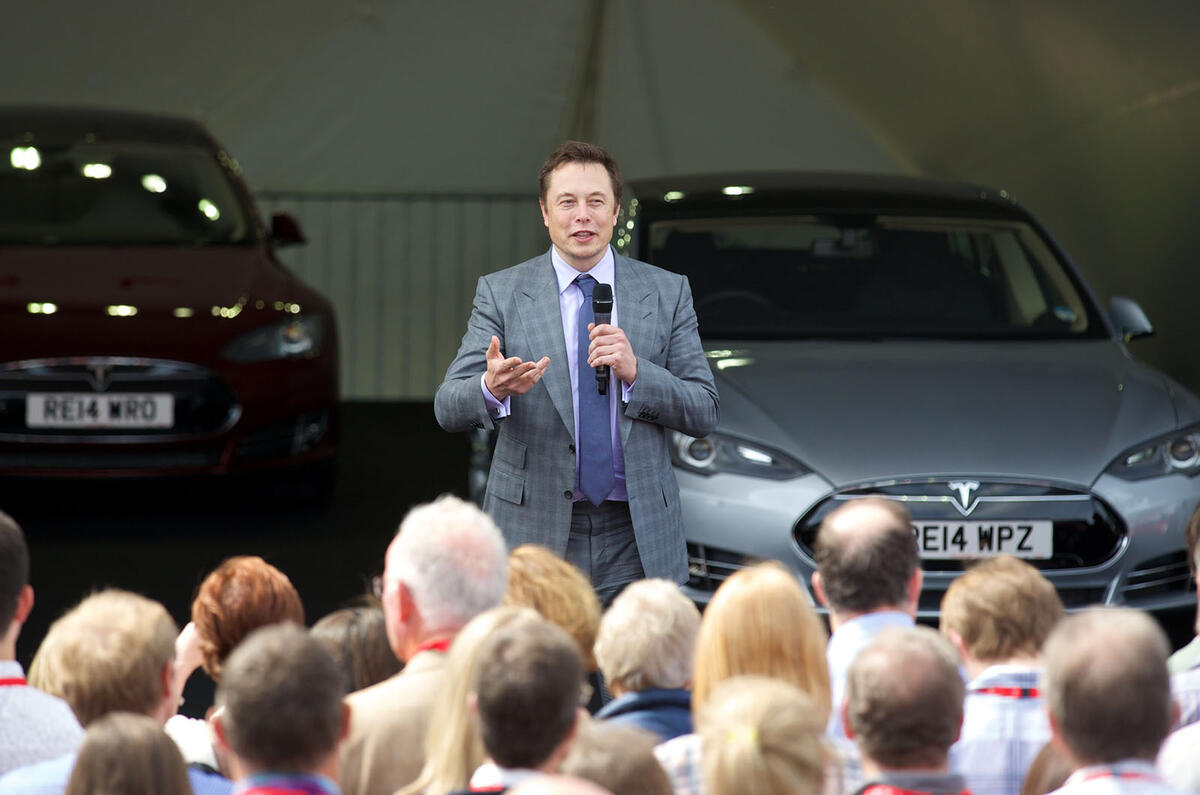

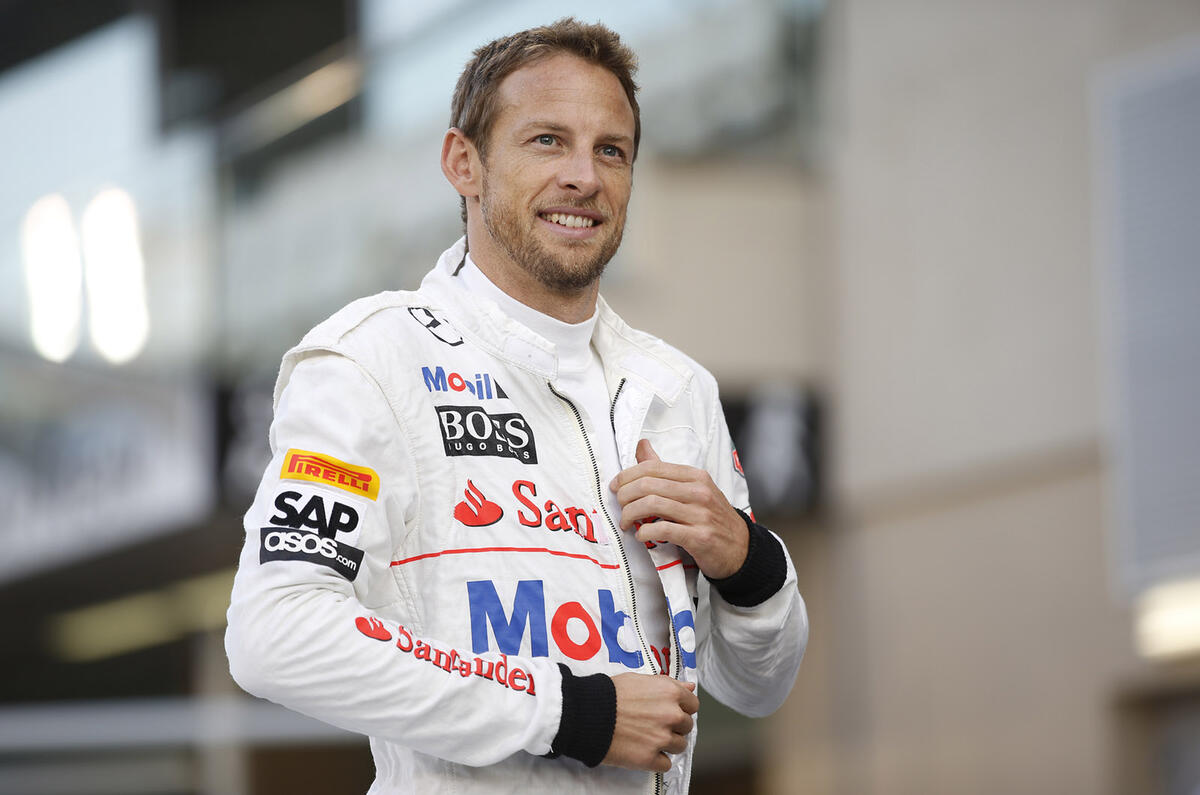
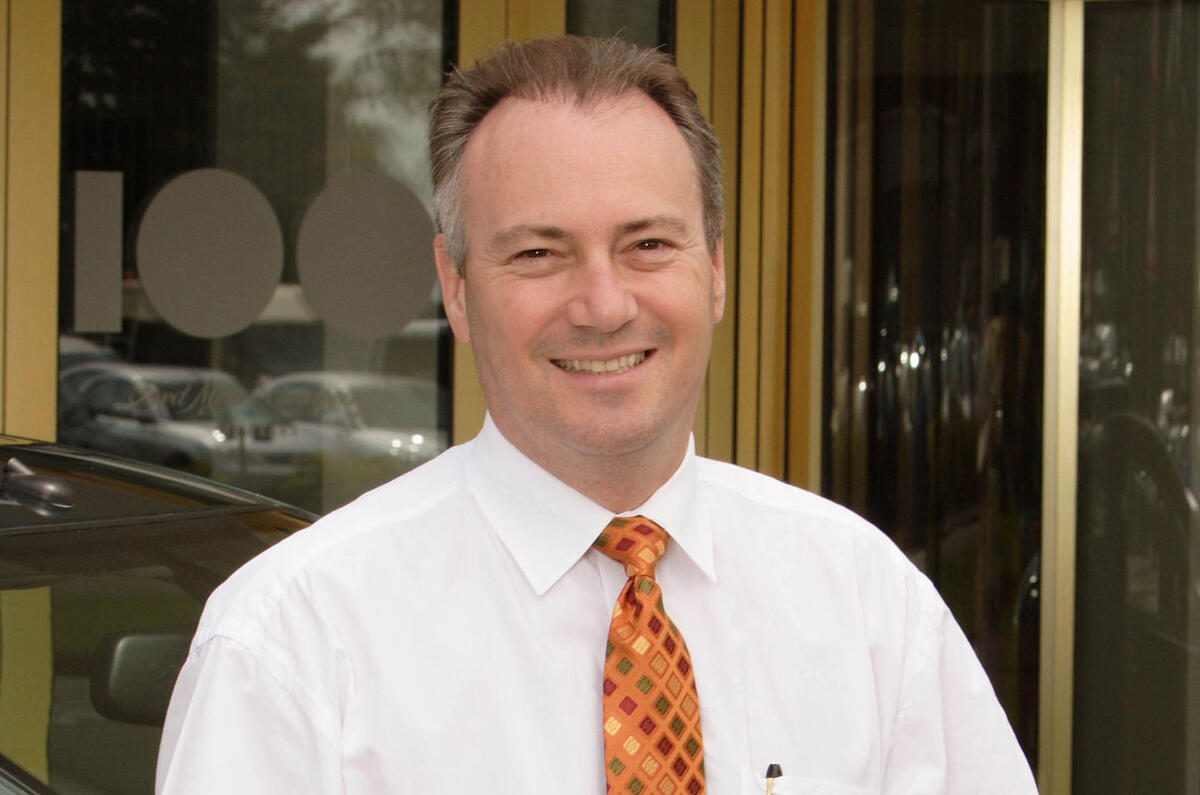

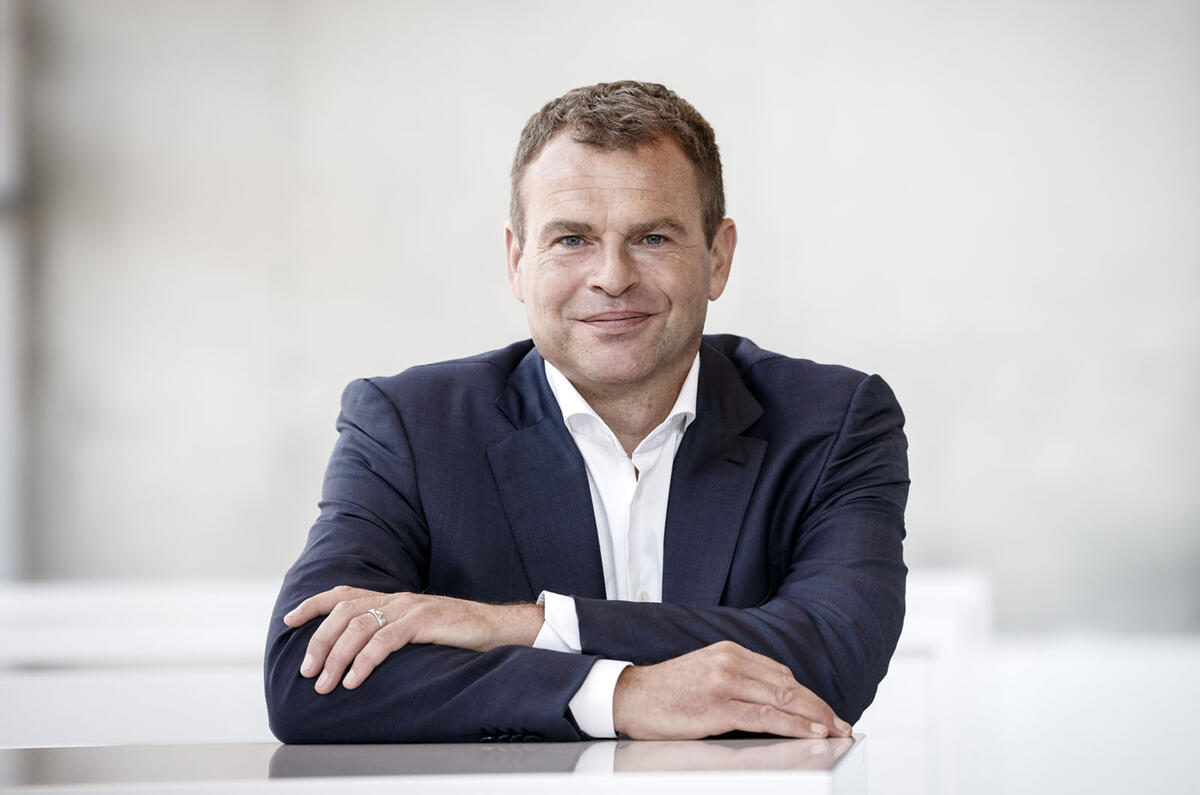
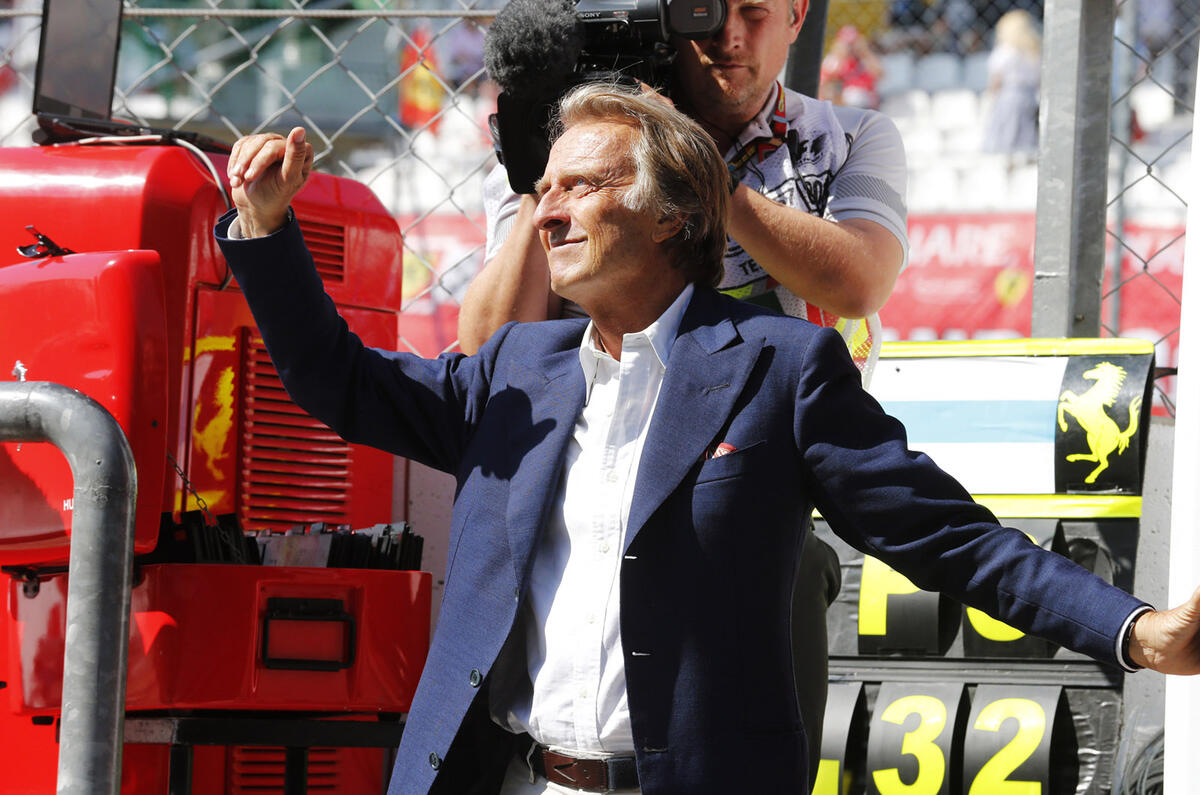









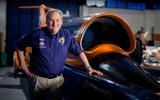












Join the debate
Add your comment
I don't think you can expect
It's spelt Giulietta..
@kendwilcox47